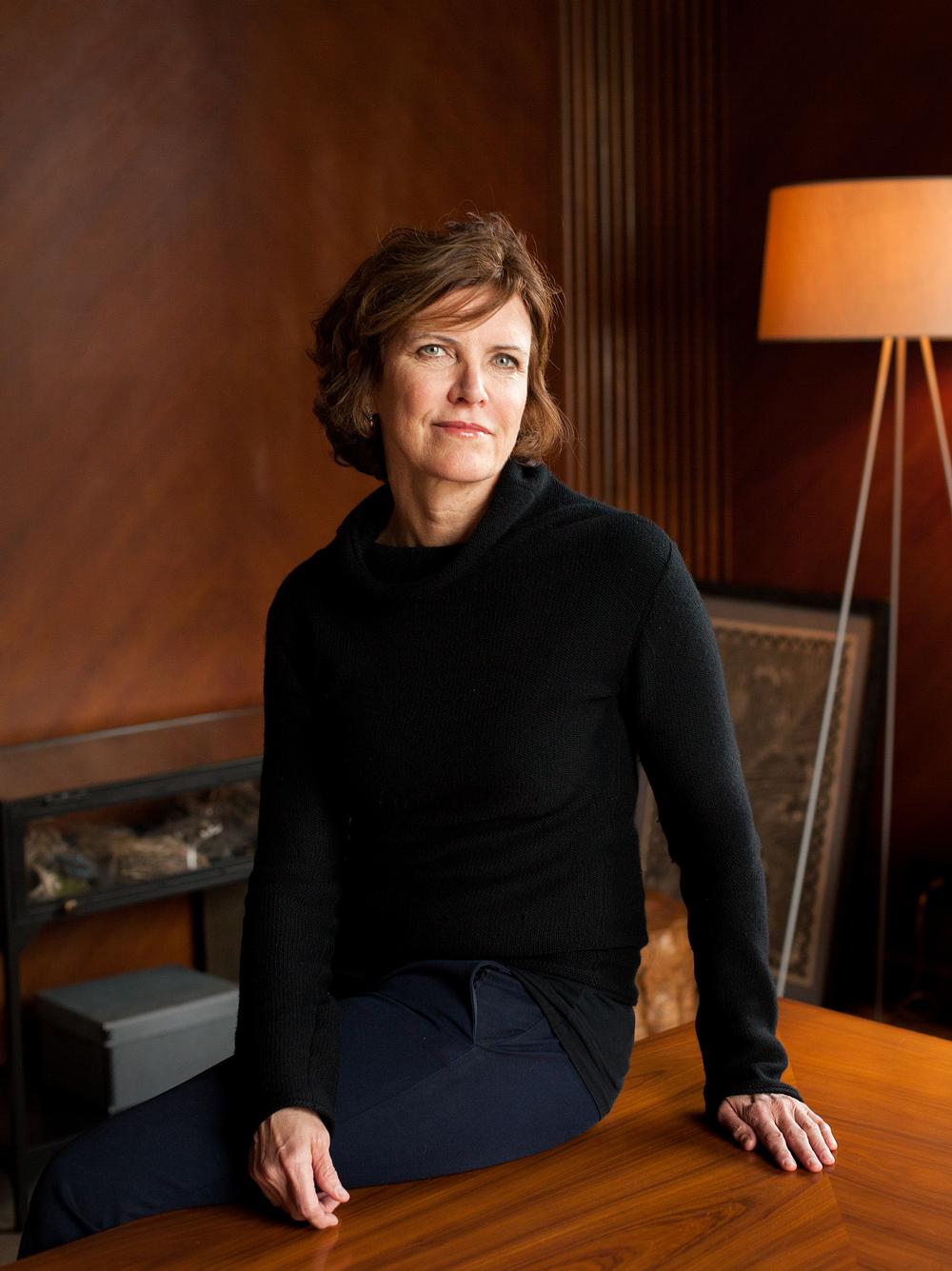Art possesses the remarkable ability to transform the bleak realities of our existence into something more pleasant. In today's world, one such harsh reality is the challenge of residing in heavily polluted urban environments. Shockingly, over half of the world’s urban population dwells in cities that surpass the recommended levels of fine particulate matter by more than six times, as outlined by the World Health Organization's air quality guidelines. This alarming situation not only raises concerns about the livability of these spaces, but also poses threats to overall quality of life. The United Nations Sustainable Development Goal for Sustainable Cities and Communities strives to address these challenges and make urban living more tolerable. Among those actively contributing to this cause is Jeanne Gang, an influential architect hailing from Chicago.

Jeanne Gang's architectural endeavours serve as a source of inspiration for sustainable construction. Viewing her craft as an art form, she uses architecture to create infrastructures that prioritize sustainability. Shaped by her upbringing as the child of a civil engineer, Gang's family vacations involved driving across the United States, instilling in her a profound appreciation for civil engineering and the American landscape. Gang's work consistently aligns to advocate for sustainable cities and communities. “Green infrastructure is something that is going to be a crucial component for our future in cities. It’s as necessary as bridges and roads and power,” said Gang in her TEDx Talk.
Gang skillfully captured the essence of urban sustainability at the Arcus Center, establishing a delicate equilibrium between humanity and the environment. A distinctive feature of this building is the absence of roof overhangs; instead, the roof slopes inward, directing rainwater towards drains on the surface. This design prevents water overflow over the roof edge, ensuring that during a storm, the rainwater is collected at the base of the wall rather than the top. In crafting this community center, Gang prioritized harmony with nature, instead of intruding or overpowering it. The result is a structure that actively contributes to the creation of eco-conscious and resilient urban spaces, promoting sustainable construction industry activities.
In the pursuit of socially conscious and environmentally sustainable alternatives, Gang delved into local building traditions and discovered wood masonry. “Cordwood masonry appealed to us as a sustainable, more democratic, socially and environmentally friendly method of construction,” mentions Studio Gang in Chapter 16 of the Studio Gang Architects book. This approach involves using logs instead of bricks to construct walls, enhancing the thermal value of the structure. Gang's objective has always been to collaborate with nature rather than confront or exploit it. She expressed satisfaction in discovering that wood masonry absorbs more carbon than is emitted during its construction, aligning with the contemporary imperative to reduce carbon pollution. Additionally, opting for bricks would result in more carbon released into the environment during the burning process. This work resonates with social justice movements focused on sustainability, bridging the connection between people and the environment.
Gang created remarkably beautiful structures dedicated to art, culture, history and education. She designed the residential buildings at Kresge College keeping in mind the protection of health and biodiversity of the forest and ecosystem surrounding it. The curvature of the structures is precisely adjusted to safeguard numerous redwood trees, creating intimate and naturalistic landscape spaces. Gang used mass timber construction not only to establish a strong material link to the forest but also to contribute to a reduction in the project's overall embodied carbon, or greenhouse gas emissions arising during construction. These buildings also boast large, operable windows for natural ventilation, bird-safe fritted glass, and a stormwater management system. This stormwater management connects to a university-wide system, minimizing the buildings’ resource consumption and ecological impact on the site. By adopting these sustainable practices, living in the city becomes a more compelling and environmentally responsible choice.
Gang demonstrated exceptional skill in seamlessly connecting buildings with art, buildings that convey diverse ideas. The Spelman College Center stands as a testament to this ability. The design crafted by her for this yet another educational building achieves a visual lightness that harmonizes with the historic campus. It does so while signalling Spelman's contemporary direction and reflecting its minimal carbon footprint. The upper levels feature light metal sunshades and screens, precisely oriented to the sun's angles to reduce energy consumption while allowing ample natural light. Her work at this college also serves as a symbol for Black history. Enhanced by red bricks rooted in the local Georgia clay, she employs layers and lightweight elements to represent an environmental future where Black women, alongside the knowledge and experiences of the African diaspora, play a pivotal role.
Gang also constantly underscores the imperative to create more peaceful urban living experiences, a goal she pursues through her architectural endeavours. “Climate change, together with political and economic troubles, are having an impact; they’re adding up and stressing out cities and us, the people who live in them,” said Gang in a TED Talk. At 59 years old, Gang stands as a relentless force with her innovative designs in the face of contemporary challenges.
